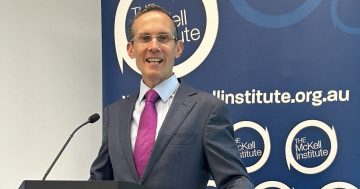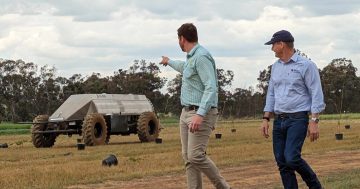Mitya Voloshchuk, Richard Steele and Elizabeth Mygatt* say companies embarking on a journey to organise for the future will need to address the organisation as a dynamic system in which all elements affect and reinforce each other.
 In a recent post, we framed the moment we are living in as a first true information revolution – one driven by more connection, lower transaction costs, unprecedented automation, and demographic shifts.
In a recent post, we framed the moment we are living in as a first true information revolution – one driven by more connection, lower transaction costs, unprecedented automation, and demographic shifts.
This paradigm shift radically changes the business agenda for the winners of the previous industrial revolutions.
Take car manufacturers, for example: in the past five years, their agenda has gone from “Where should we locate plants?” to “How do we build electric vehicles?” to “How can we compete against mobility platforms?” and even “What’s our role in the autonomous vehicle ecosystem?”
What we’re seeing emerge is a “winner takes all” economy, in which the winners are bold experimenters.
The need to rethink the organisation has been amplified by the speed and aggressiveness of customer-focused e-commerce innovators that use technology to scale.
Leading companies are reimagining the basic tenets of organisation.
Emerging models are creative, adaptable, and anti-fragile.
Corporate purpose fuels bold business moves. “Labour” becomes “talent.”
Hierarchies and matrixes become networks of teams.
Competitors become ecosystem collaborators.
And companies become more human: inspiring, enabling collaboration, and creating experiences that are simple, meaningful, and enjoyable.
We see leaders organising for the future by addressing the most pressing questions.
Who are we?
Do we have a compelling, standout identity that attracts and inspires people—employees, investors, clients, and partners? Leading organisations convey the reason for their existence by embracing three imperatives:
Define a resonant purpose that embodies the organisation’s unique role in the world and aligns the entire enterprise with shared meaning.
Sharpen your value agenda, the list of priorities that can double or triple the value you create.
Create a special culture defined by a unique set of practices, rituals, symbols, and experiences.
How do we operate?
Do we have a nimble, frictionless operating model that fosters simplicity and speed? Leading organisations build this operating model by adopting the next three imperatives:
Radically flatten your structure to allow the organisation to operate as a network of empowered, dynamic teams.
Turbocharge decision making to improve both the quality and velocity of decisions.
Treat talent as the scarcer capital by creating a special employee experience, expanding people’s capacity, and allowing people to “be human.”
How do we grow?
Are we building for scale to get smarter and more innovative, to iterate more rapidly, and to be able to tap into resources and networks beyond the bounds of the organisation?
Leading operations pursue scale by addressing the last three imperatives:
Take an ecosystem view, in which communities create value together and partners share data, code, and skills.
Build a data-rich technology platform to generate insight into what works, embed automation on a grand scale, and allow your people to focus on what only they as humans can do.
Accelerate learning as an organisation to enable employees to access, create, and share innovation, capabilities, and know-how in real time and on demand.
These nine imperatives are strongly connected.
Interventions in one imperative can have a profound impact on the others; for example, our purpose shapes the priorities of our value agenda.
Companies embarking on their journey to organise for the future will need to address the organisation as a dynamic system in which all elements affect and reinforce each other.
In light of these imperatives, executives have a choice: continue with the status quo—if there even is such a thing in the next normal—or reimagine their organisations to build more creative, adaptable, and human systems.
*Mitya Voloshchuk and Elizabeth Mygatt are writers at McKinsey. Richard Steele is an expert in culture change, organisational agility, and using design-thinking to remake the employee experience at McKinsey.
This article first appeared at mckinsey.com











